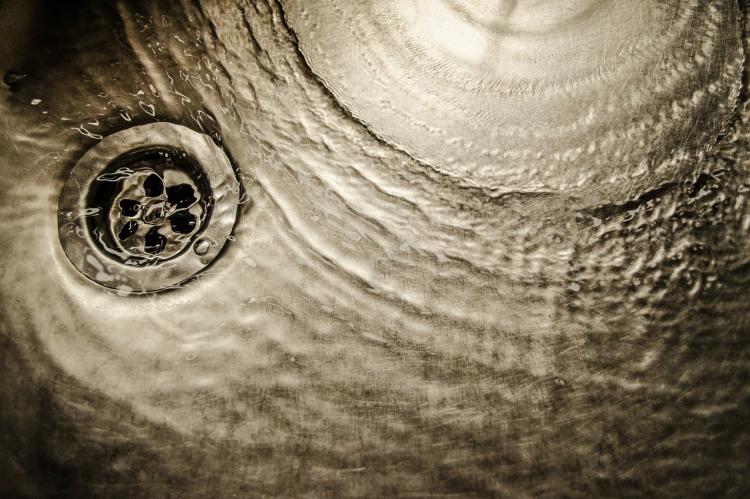How disposable contact lenses pollute our oceans
For those of us who need corrective lenses, contact lenses are a convenient tool to improve our vision. Especially so are daily disposal ones, which can be flushed down the toilet or sink.
Disposal contact lenses, like many plastic items, do exert a toll on the environment once they vanish from our sight down the sink or toilet bowl.
After failing to locate any studies that looked into what happens to lenses disposed in this manner, Rolf Halden, PhD (from the Biodesign Institute's Center for Environmental Health Engineering at Arizona State University) and his team did an online survey comprising 400 respondents in the United States,. They discovered that about one in five contact lens wearers did indeed disposed of their lenses down the sink or toilet.
“This is a pretty large number, considering roughly 45 million people in the US alone wear contact lenses,” said Charlie Rolsky, a Ph.D. student from the same institute.
Lenses that are washed down the drain end up in wastewater treatment plants; in the US alone, this amounts to as much as six to 10 metric tons per year.
Being transparent, they are hard to detect amidst the other trash inside the treatment plant. In addition, contact lenses are often made with a combination of poly(methylmethacrylate), silicones and fluoropolymers, which makes them different from other plastic trash.
To find what happens to contact lenses at the plant, the researchers exposed five polymers found in many contact lenses to anaerobic and aerobic microorganisms found in wastewater treatment plants and analysed them using Raman spectroscopy.
They discovered noticeable changes in the bonds of the lenses.
“When the plastic loses some of its structural strength, it will break down physically. This leads to smaller plastic particles which would ultimately lead to the formation of microplastics," said Varun Kelkar, Biodesign Institute's Center for Environmental Health Engineering at Arizona State University.
Presenting their findings at the American Chemical Society 256 National Meeting in Boston on 20 August, Halden said: “Given that the contact lenses don’t degrade in the treatment plant, they have only two ways out. One is through the effluent as treated wastewater and the other one is becoming part of the sewage sludge, which is a byproduct of wastewater treatment. So we found that the polymers are heavier than water, they sink to the bottom and the lenses that don’t degrade become part of the sewage sludge and then, from there, they have either the option of being incinerated, ending up in a landfill or more likely being applied on land together with sewage sludge; this creates a problem because we know that plastic pollution is already affecting both terrestrial and aquatic environments."
And we all know about how microplastics can affect the oceans and the creatures within…
To counter this, the team hopes that the industry will take note of this and at the very least, include a note on the packaging about how to properly dispose of contact lenses (which, by the way, is to discard them with other solid trash).
“Ultimately, we hope that manufacturers will conduct more research on how the lenses impact aquatic life and how fast the lenses degrade in a marine environment,” said Halden.


